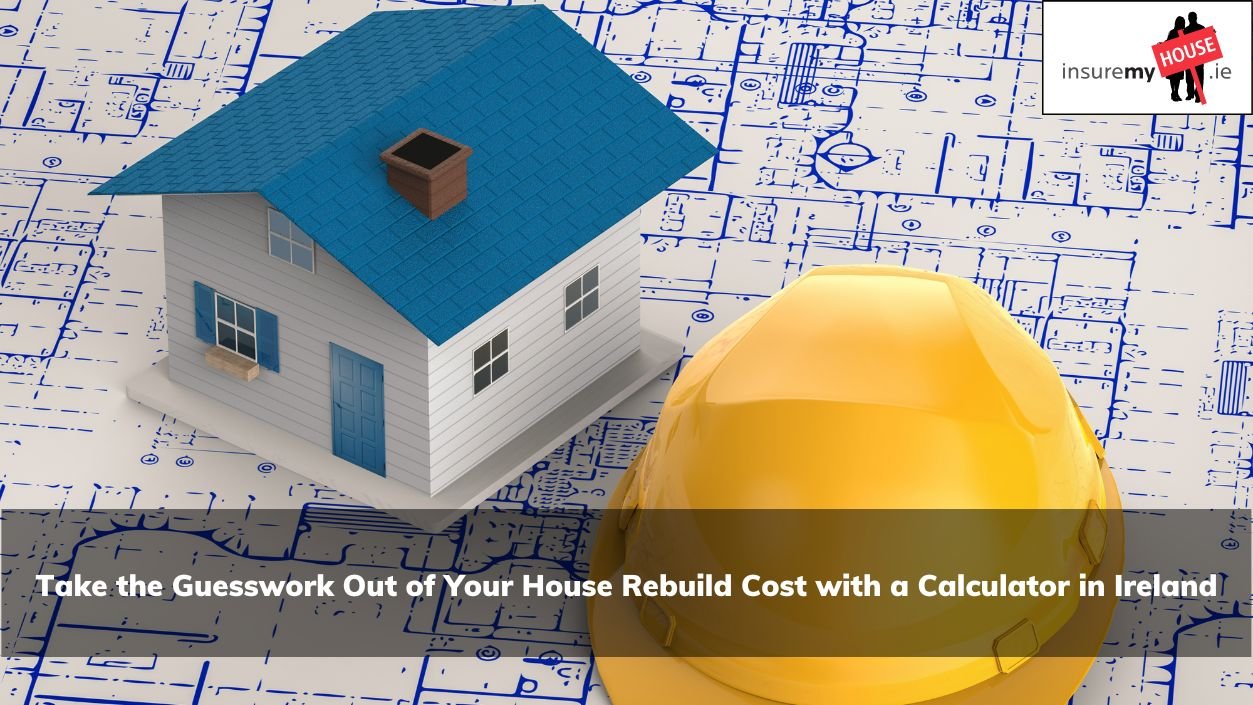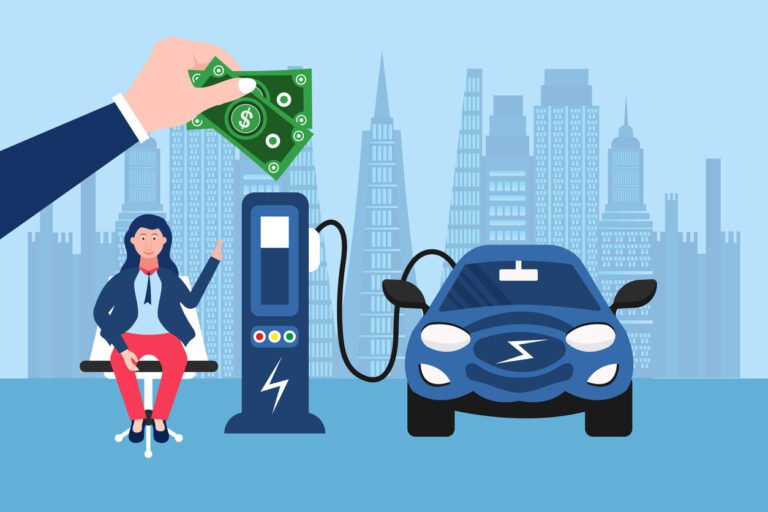Home Insurance with Green Building Coverage
Introduction to Home Insurance
Home insurance is essential for homeowners, offering financial protection against various risks and damages to their property. Typically, a standard home insurance policy covers events such as fire, theft, vandalism, and natural disasters. However, as the world becomes more environmentally conscious, there’s an increasing demand for home insurance that includes green building coverage.
What is Green Building Coverage?
Green building coverage is a specialized add-on to standard home insurance policies. It provides additional protection for eco-friendly homes and supports sustainable rebuilding practices. This type of coverage ensures that if your home, which utilizes green technologies and materials, suffers damage, it can be repaired or rebuilt using the same sustainable methods.
Importance of Green Building Coverage
Environmental Impact
One of the most significant benefits of green building coverage is its positive impact on the environment. By encouraging the use of sustainable materials and energy-efficient technologies, this coverage helps reduce the carbon footprint of rebuilding processes. This can significantly lower greenhouse gas emissions and promote the use of renewable resources.
Financial Savings
Green building coverage can also lead to substantial financial savings over time. Energy-efficient homes typically have lower utility bills due to reduced energy consumption. Additionally, many green materials and technologies are more durable and require less maintenance, leading to long-term cost savings.
Enhanced Home Value
Homes built with green technologies and materials often have higher market values. Green building coverage ensures that these investments are protected, maintaining the value of your home even after damage and repairs.
Key Features of Green Building Coverage
Replacement with Sustainable Materials
One of the core features of green building coverage is the replacement of damaged parts of your home with sustainable materials. For example, if your roof is damaged, the coverage would ensure it is repaired or replaced using eco-friendly materials like recycled shingles or solar tiles.
Energy Efficiency Upgrades
If your home suffers damage, green building coverage can include upgrades to more energy-efficient systems. This might involve installing high-efficiency HVAC systems, energy-saving windows, or insulation that meets higher environmental standards.
Renewable Energy Systems
For homes equipped with renewable energy systems, such as solar panels or wind turbines, green building coverage ensures these systems are repaired or replaced with similar eco-friendly technologies. This guarantees that your home’s sustainability features are preserved.
Water Conservation Systems
Green building coverage can also extend to water conservation systems, like rainwater harvesting systems or low-flow plumbing fixtures. If these systems are damaged, the coverage would allow for their repair or replacement with equally efficient technologies.
How to Get Green Building Coverage
Assess Your Current Policy
The first step to obtaining green building coverage is to review your current home insurance policy. Some insurers might already include basic green building features, but comprehensive coverage often requires an add-on or a specialized policy.
Choose an Insurer
Not all insurance companies offer green building coverage. It’s essential to research and choose an insurer that provides this type of coverage. Look for companies with a strong reputation for customer service and environmental responsibility.
Understand the Coverage Details
When selecting green building coverage, understand what is included. Policies can vary significantly, so ensure that the coverage meets your specific needs and includes protection for all the green features of your home.
Get a Professional Assessment
Some insurers require a professional assessment of your home’s green features before offering coverage. This assessment verifies the existing eco-friendly technologies and materials, ensuring accurate coverage.
Compare Quotes
As with any insurance policy, it’s wise to compare quotes from multiple providers. This ensures you get the best coverage at a competitive price.
Benefits of Green Building Coverage
Sustainability
Green building coverage promotes the use of sustainable materials and technologies, contributing to environmental conservation. By opting for this coverage, homeowners support green building practices and reduce their environmental impact.
Incentives and Rebates
Many local governments and organizations offer incentives and rebates for using green building materials and technologies. Green building coverage can help you take advantage of these financial benefits, further reducing the cost of repairs and upgrades.
Improved Health and Comfort
Green homes often provide better indoor air quality and overall living conditions. Eco-friendly materials and energy-efficient systems contribute to a healthier and more comfortable living environment.
Resilience to Climate Change
Homes built with green technologies are often more resilient to the effects of climate change. They are designed to be more energy-efficient and withstand extreme weather conditions, reducing the risk of damage from future climate-related events.
Challenges of Green Building Coverage
Higher Initial Costs
One of the challenges of green building coverage is the higher initial costs. Sustainable materials and technologies can be more expensive upfront, and the insurance premiums for green building coverage might be higher than standard policies.
Limited Availability
Not all insurance companies offer green building coverage, which can limit your options. It’s essential to research and find an insurer that provides comprehensive green building coverage to meet your needs.
Complexity of Claims
Filing a claim for green building coverage can be more complex than standard claims. It may require detailed documentation of the green features in your home and verification that repairs or replacements meet eco-friendly standards.
Case Studies
Case Study 1: Green Rebuild After a Natural Disaster
In 2020, a homeowner in California experienced significant damage to their eco-friendly home due to wildfires. Thanks to their green building coverage, they were able to rebuild using sustainable materials and install new solar panels. The insurance policy covered the additional costs associated with these green upgrades, resulting in a home that was more energy-efficient and environmentally friendly than before the disaster.
Case Study 2: Energy Efficiency Upgrades After a Storm
A homeowner in Florida faced extensive damage to their property following a hurricane. With green building coverage, they could replace their damaged roof with energy-efficient solar tiles and upgrade their windows to high-efficiency models. These improvements not only restored their home but also reduced their energy bills and increased the home’s market value.
Case Study 3: Water Conservation Systems Restoration
A Texas homeowner’s rainwater harvesting system was damaged during a severe storm. Their green building coverage allowed them to repair the system using advanced water conservation technologies. This not only restored their water-saving capabilities but also improved the system’s efficiency, contributing to lower water bills and sustainable water usage.
Tips for Homeowners
Invest in Green Technologies
To fully benefit from green building coverage, consider investing in green technologies and materials for your home. This can include solar panels, energy-efficient appliances, sustainable building materials, and water conservation systems.
Maintain Documentation
Keep detailed records of all green features in your home, including receipts, warranties, and installation details. This documentation can be crucial when filing a claim and ensuring you receive appropriate coverage for your eco-friendly upgrades.
Stay Informed
Stay informed about the latest developments in green building technologies and insurance options. This knowledge can help you make informed decisions about your home and insurance coverage.
Work with Professionals
When making green upgrades or repairs to your home, work with professionals who specialize in sustainable building practices. This ensures that the work is done to high environmental standards and meets the requirements of your green building coverage.
Future of Green Building Coverage
Growing Demand
As environmental awareness continues to grow, the demand for green building coverage is expected to increase. More homeowners are recognizing the benefits of sustainable building practices and seeking insurance options that support these efforts.
Advancements in Green Technologies
Advancements in green technologies will likely lead to more comprehensive and affordable green building coverage options. As these technologies become more mainstream, insurance companies will adapt their policies to meet the evolving needs of homeowners.
Policy Innovations
Insurance companies are continually innovating to offer better coverage options. In the future, we can expect more tailored green building policies that provide extensive coverage for various eco-friendly technologies and materials.
Increased Incentives
Governments and organizations are likely to increase incentives and rebates for green building practices. This will make it more financially viable for homeowners to invest in sustainable technologies and materials, further boosting the adoption of green building coverage.
Conclusion
Green building coverage is an essential consideration for environmentally conscious homeowners. It not only protects your investment in eco-friendly technologies and materials but also promotes sustainable rebuilding practices. By choosing green building coverage, you contribute to environmental conservation, enjoy financial savings, and enhance the value and resilience of your home. As the demand for sustainable living grows, green building coverage will play an increasingly vital role in the home insurance industry, ensuring that eco-friendly homes are adequately protected and maintained.






